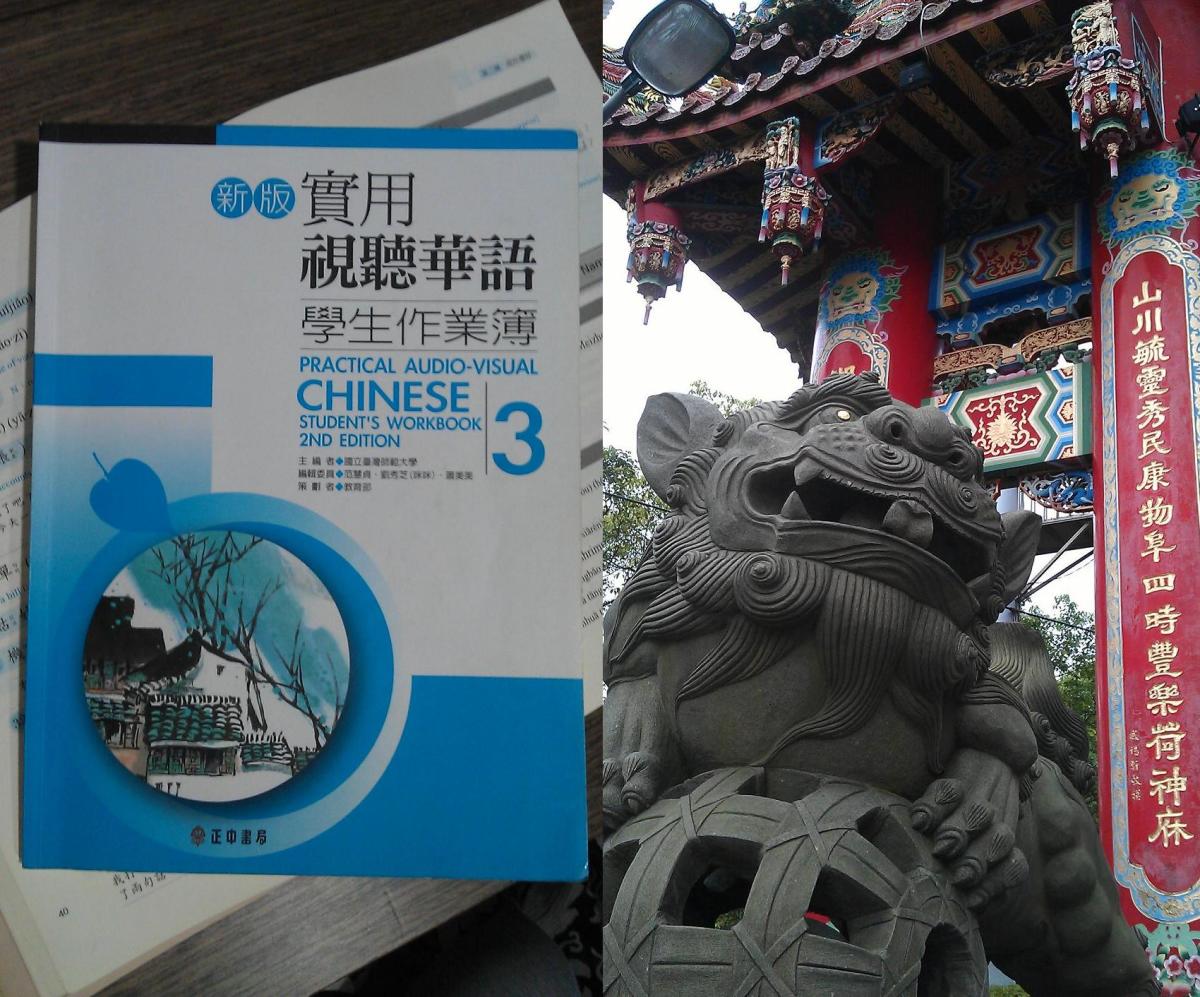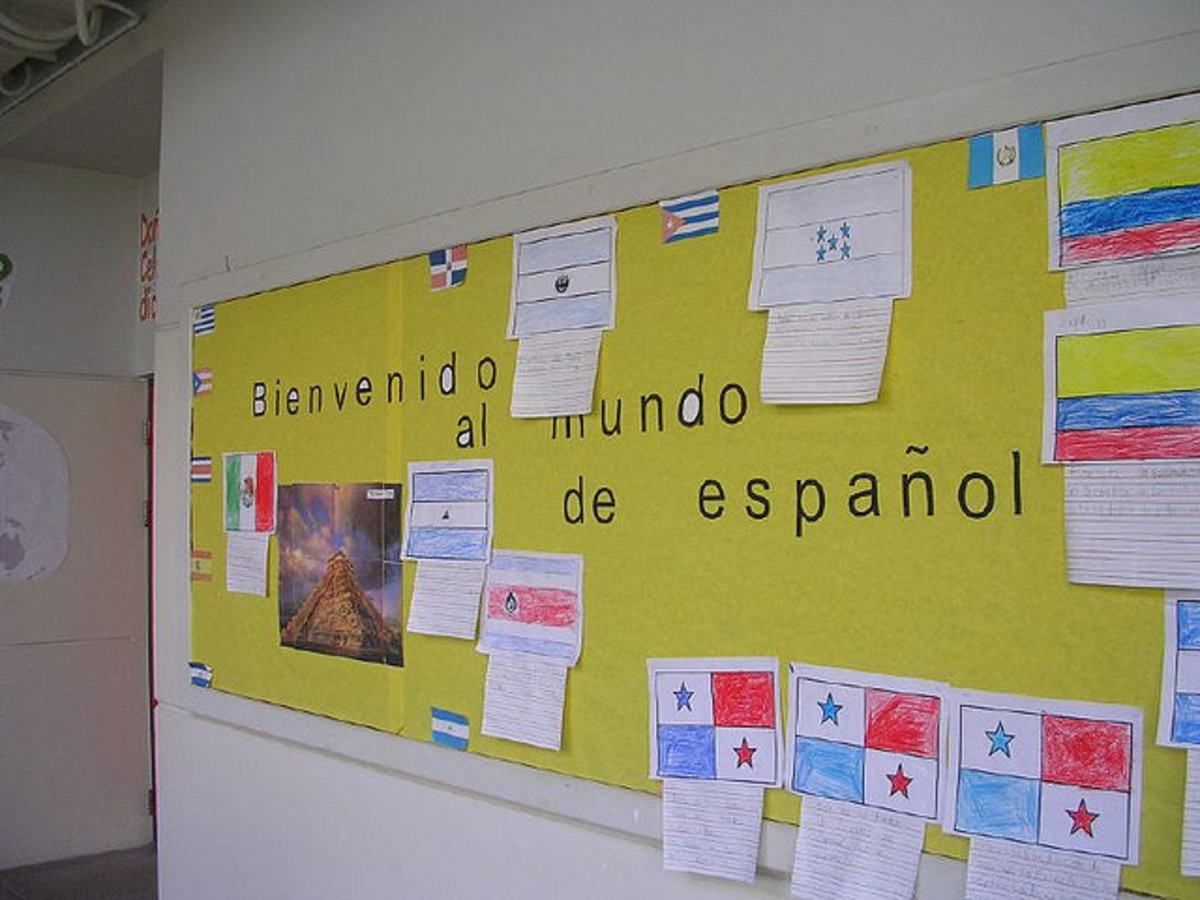Spanish Lesson Five: Verbs and How They Work!!

Before You Read
Hey Guys!! It's Sunday again! You know what that means right? It's time for us to continue learning about the Spanish language!! Yay! If you've been reading, you'll find that you've been learning Spanish "A Little At A Time". These lessons are meant to be concise and filled with useful information pertaining to your fluency of the Spanish Language. I've always wanted to tutor the subject but never have, so this is as close as I can get to that. If you haven't been reading, take a look at the link below. It'll direct you to Lessons 1-4.
Last week we began our three part series about the most important parts of speech: Adjectives, Verbs, and Nouns. Last week we discussed Adjectives and how they are structured in Spanish rhetoric. This week we will begin Conjugating Spanish Infinitives. Those two words are important and I will explain them in this lesson. If you've forgotten or need to review last week's lesson, check out the link.

Today's Vocabulary
Today we are discussing Verbs in the Spanish language. You should notice two things about Spanish verbs by reading over your vocabulary. One, all Spanish verbs have endings to them. They can be either -ar, -er, or ir. ALL Spanish verbs have an ending and can be conjugated, or changed to reflect the subject that the action is being done by. Two, all Spanish verbs have a meaning beginning with "to". We went to the store, "to the store" is considered an infinitive phrase in English. All Spanish verbs mean "to" plus its meaning. Take Ser for instance. It doesn't mean "be" but "to be". All Spanish verbs will have to in the beginning of their meaning.
6. Hablar- To talk
7. Ver- To see
8. Mirar- To look (at)
9. Gritar- To yell
10. Luchar- To fight
1. Ser- To be
2. Tocar- To touch/ To play (as in an instrument)
3. Jugar- To play
4. Comer- To eat
5. Bailar- To dance

Warm-Up
Take a moment to review your notes from last week's lesson. I also want you to keep in mind of what verbs have which ending, -ar, -er, or -ir. Once you've done this, continue down for the lesson and examples. I also have other things to explain concerning major verbs that have not be included in this lessons. More on that later.
Conjugating Verbs in Present Indicative Tense
Okay, so if you reviewed your notes from last week you'll recall the Spanish pronouns introduced. Yo, Tú, Él, Ella, Usted, Ellos, Ellas, Ustedes, Nosotros. For each of these pronouns used or understood, the Spanish Verb much match the subject. Just like in English, the verb changes depending on who we're talking about. Think of it like Subject-Verb agreement.
He writes.She writes.They write. It's exactly like that. For every Spanish verb, it will change from its base infinitive stage to match the subject. However, the verb can be left in its original stage to simply use the word as an infinitive.
Okay, how does the verbs change? Take a look at the two charts below. One is a conjugation of all -ar verbs (excluding irregulars) and the other is a conjugation of all -er/ir verbs (excluding irregulars)
Irregulars are verbs that don't follow the norm. In the previous lesson, the verb ser is introduced. That verb is an irregular. But more on that in future lessons. For the -ar verbs we'll use, the verb hablar which means "to talk". For the -er/ir verb we'll use the verb comer, which means "to eat."
Subject
| Spanish Pronoun
| Conjugation
|
|---|---|---|
I
| Yo
| Hablo
|
You
| Tú
| Hablas
|
He/She/ You (Formal)
| Él/Ellas/Usted
| Habla
|
We
| Nosotros
| Hablamos
|
They (Informal)/ They (Formal)
| Ellos or Ellas/Ustedes
| Hablan
|
Subject
| Spanish Pronoun
| Conjugation
|
|---|---|---|
I
| Yo
| Como
|
You
| Tú
| Comes
|
He/She/ You (Formal)
| Él/Ella/ Usted
| Come
|
We
| Nosotros
| Comemos
|
They (Informal)/ They (formal)
| Ellos or Ellas/Ustedes
| Comen
|
Explanation
So if you were paying attention, you can definitely see that the verbs change when you change the subject. Yes, there are set changes to be brought about with regular verbs. Hablar which means "to talk" takes on a drastic change when used in the Present Indicative Tense. This tense is literally speaking things in the present. He writes, he runs, he talks.
There are a total of fourteen tenses in Spanish (Seven Singular and Seven Compound). Don't worry. It will be a long time coming before you'll need to know them. Right now we're learning to speak in the present.
The rules below are meant only for regular Spanish verbs and not irregular verbs.
To conjugate a verb, simply drop that -ar, er, or -ir ending and add a new ending to the word. Yo hablo means "I talk", That -ar has been dropped and an -o has been added to signify the "yo" form of the verb. Here are the endings for -ar verbs.
-Er/Ir Verbs
Yo- Drop the -er/-ir and add -o
Tú- Drop the -er/-ir and add - es
Él/Ella/Usted- Drop the -er/-ir and add -e
Nosotros- Drop the -er add -emos. Drop the -ir add -imos for -ir verbs
Ellos/Ellas Ustedes- Drop the -er and add -en
-Ar Verbs
Yo- Drop the -ar and add -o
Tú- Dropp the -ar and add -as
Él/Ella/Usted- Drop the -ar and add -a
Nosotros- Drop the -ar and add -amos
Ellos/Ellas/Ustedes- Drop the -ar and add -an

Homework
Your homework is pretty easy. Take your vocabulary words and conjugate them in all forms. See if you find some other verbs online and use those too. If you want to get ahead, check out some irregular verbs and conjugate them too! Conjugating gets harder once you begin complicating what you wish to say. There are lots of other tenses to cover in time!!
Stay tuned for next week because we'll take on some Nouns and combine what we've learned!!
Thanks for stopping by!!








